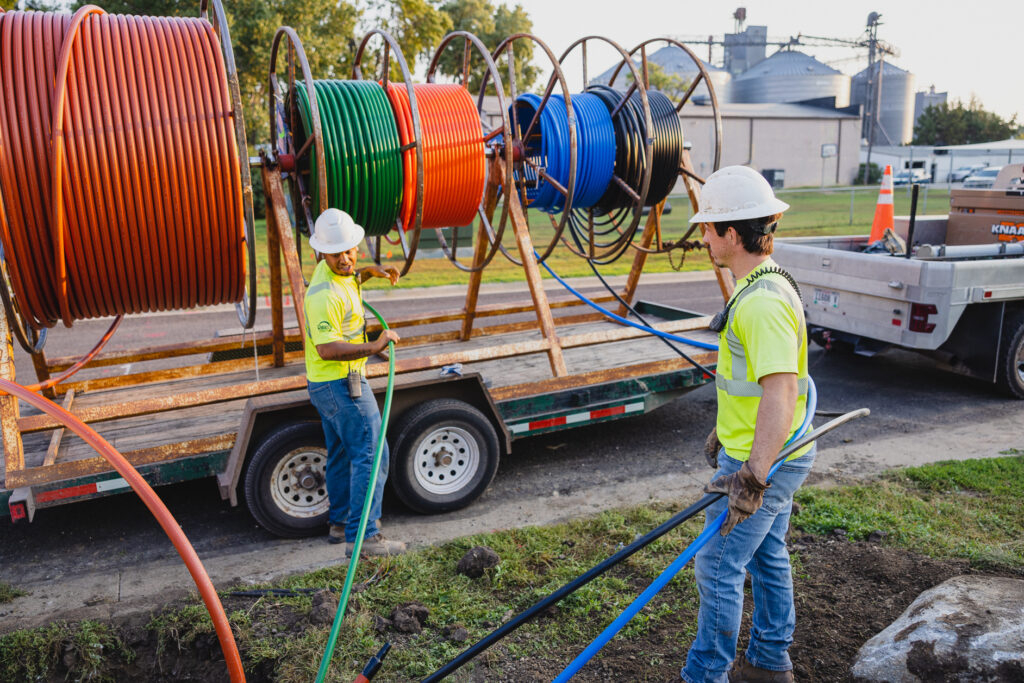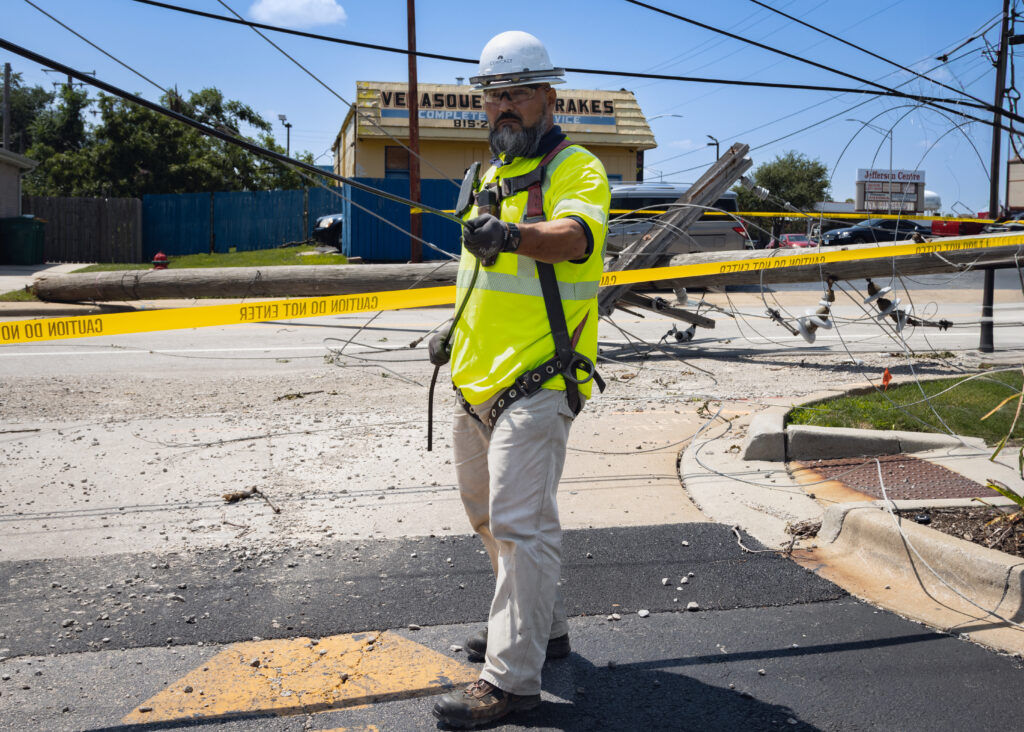The job of connecting every American to robust broadband service is a daunting task. It takes a combination of broadband providers building out networks in every state, including in rural and hard-to-reach areas, using private capital investments. Public-private partnerships that maximize the funding available for connecting remote areas is also critical.
But with a historic amount of federal funds now allocated for achieving universal connectivity – over $165 billion going towards building ‘futureproof’ broadband networks to unserved and underserved areas and to support broadband adoption — it’s worth reexamining both old and new sources of government funding to ensure that these programs are designed to the needs of the current marketplace.
The Universal Service Fund (USF) has been administered by the FCC and Universal Service Administrative Company (USAC) since 1996 and has disbursed billions each year to support a variety of communications-related expenses. In fact, since 2020, USF has disbursed more than $24.3 billion.
But unfortunately, many legacy USF programs have failed to bring the benefits of broadband to consumers in ways that are efficient or competitively neutral. Perhaps for that reason, Congress (and the FCC in its recent RDOF auction) has deliberately taken a different tack in recent years, breaking with models founded on historic monopolies and incremental quality improvements. In contrast, these recent efforts appear founded on aligning subsidies more closely with consumers, not companies, in marrying the efficiencies of competitive markets with commitment to build and offer high-quality broadband services.
In addition, by establishing and funding the Affordable Connectivity Program (ACP), Congress has wisely recognized that all consumers, including many low-income families, deserve the benefits of broadband and the competitive choices offered by today’s marketplace. While relatively new in the context of explicit support for broadband service and equipment, the addition of a mechanism that empowers eligible consumers to choose among competitive broadband offerings has been a welcome development supported by those on all sides of the political spectrum. But given that ACP faces funding shortfalls as early as next year, it will be critical for policymakers to offer new funding as a bridge to avoid significant consumer dislocation across all 50 states even as it considers other programmatic reforms.
As Congress examines these issues going forward, the cable industry remains committed to participating in a holistic review of existing programs and the work required to bring broadband to all.









